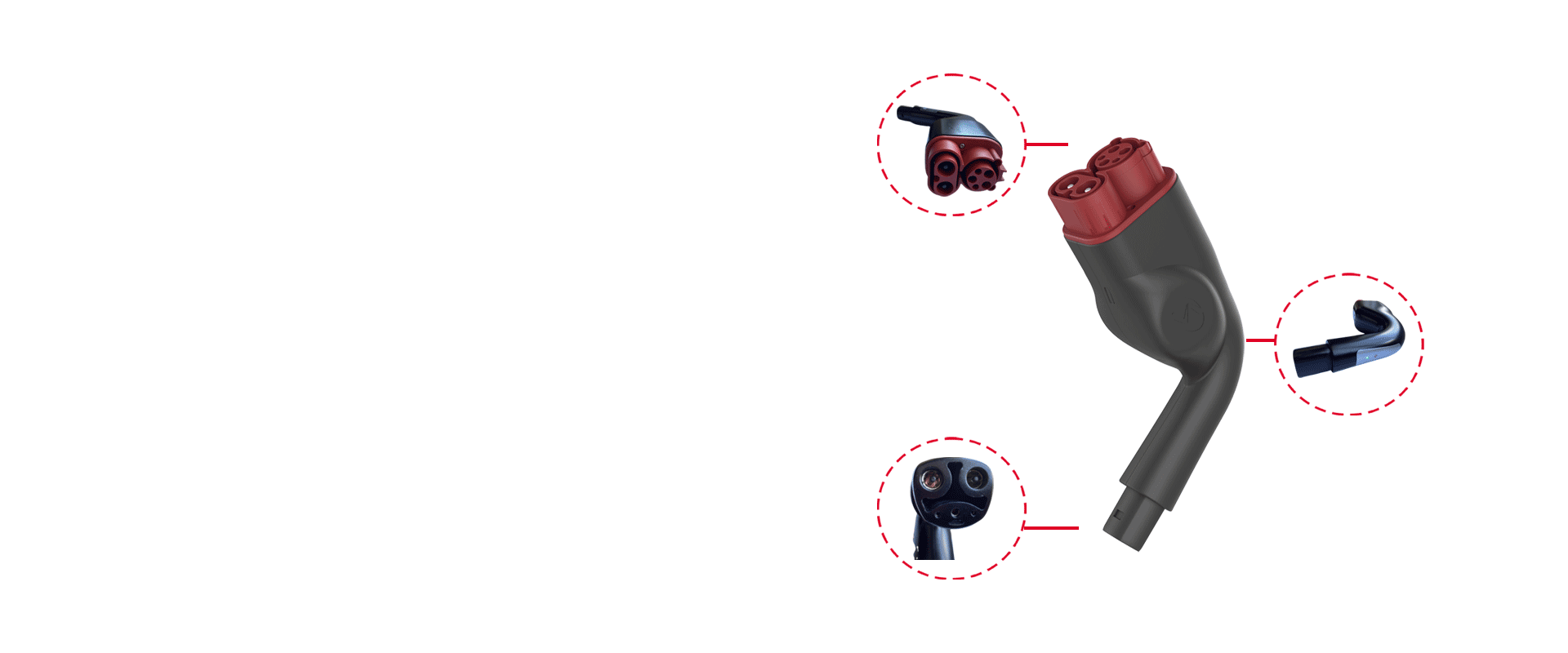Tesla has gone through this exact process in Europe, Australia and New Zealand so there's no insurmountable problem that they haven't already solved. The only issue they might run into is the fact that in those other countries, they changed to CCS *before* the Model 3 came out. The majority of Tesla vehicles in each of those regions is already the new standard. Whereas if Tesla was going to do it in North America, they really should have done it for the Model 3 release. The longer they leave it, the harder it is to do.
In addition to the points MP3Mike makes above, the US CCS1 spec has more challenging requirements than CCS2. It's not just a different shaped plug on top.
J1772 locks to the car using a manually actuated lever on the charging handle (there's also a slot where the car can lock it.) The energy in transit on a CCS DCFC is enough that it can kill if disconnected even if the charger cuts power immediately, so a manual latch was an unacceptable safety risk.
As a result, all CCS1 plugs have an electromechanical actuator moving that latch, so the charger can lock the plug to the car regardless of user intent. (Under CCS2, like Type 2 EU plugs, the car locks the connector with a pin on the car side and the plug is just a plug.)
If Tesla made an adapter, it would have to somehow replicate this safety feature. Since there's no way for the charger to grab the car in the Tesla plug, the only way I can see is for the car to grab the adapter and lock it for the session, and then the plug to grab the adapter. That's possible, but complicated and annoying to implement with figuring out when and how to release the adapter - and unlike all of the existing Tesla adapters, it'd mean putting the adapter on the car first, then plugging in.
If they're going to retrofit cars with CCS plugs, they need a bunch more real estate than they have on the X/S, which means cutting new holes in the sheet metal.



